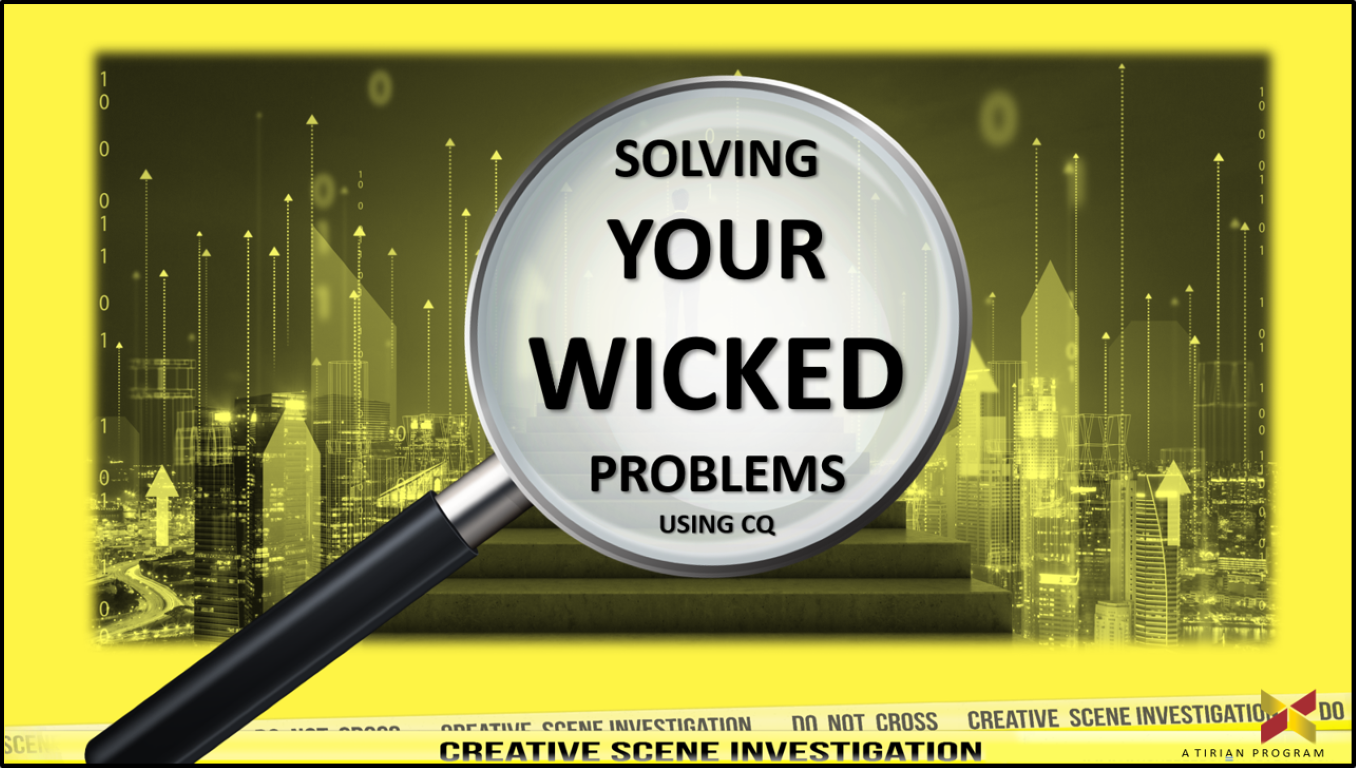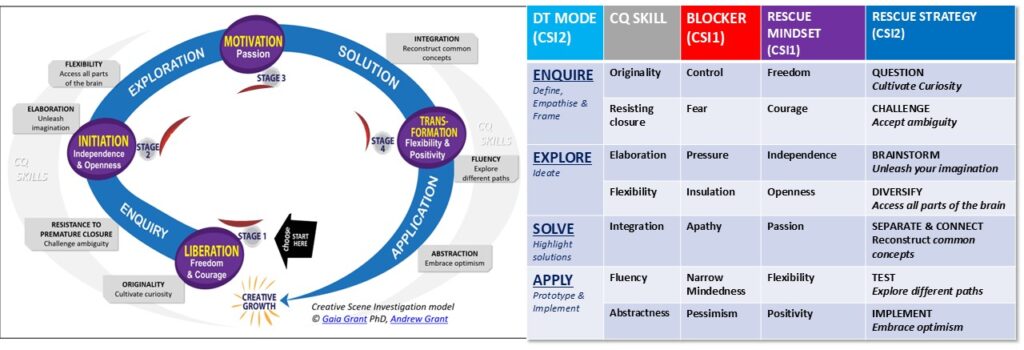Master the 7 Creative Intelligence Skills (TTCT) to Tackle Complexity, Drive Innovation, and Solve Wicked Problems
What do you do when your product is labelled as “cheap plastic junk” in the media, when your hotel rooms sit empty in a global lockdown, or when your fleet faces regulatory pressure with no clear infrastructure in sight?
You don’t panic. You pivot—with creative intelligence.
In three radically different industries, leaders faced seemingly insurmountable challenges. A car brand dismissed by critics couldn’t change its engineering—but it could reframe its story. A luxury hotel chain had no guests—but it had imagination, turning quarantine into a gourmet experience. A fleet services company couldn’t rely on electric vehicles alone—but it could rethink mobility altogether.
Each breakthrough began not with more data or tighter controls, but with a shift in thinking: abstraction, fluency, flexibility, and integration. These aren’t just creative buzzwords—they’re cognitive tools that helped transform failure into growth, confusion into clarity, and constraint into opportunity.
This article explores how developing creative intelligence isn’t a luxury—it’s a strategic necessity. Let’s unpack how these organizations rewired their approach to problem-solving, and what it means for leaders navigating complexity today.
From TTCT to CQ: Building a Framework for Innovative Thinking and Problem Solving
In a world of increasing uncertainty, leaders and organizations are facing wicked problems—challenges that resist easy answers and often involve competing stakeholder needs. Traditional problem-solving approaches fall short when issues are too complex, too paradoxical, or changing too rapidly. This is why we have drawn from decades of research into a powerful framework that helps leaders rethink creativity as a measurable, actionable skillset.
The Creative Thinking Fundamentals model is built around seven CQ (Creative Quotient) skills essential for thriving in today’s complex environment. Based on Paul Torrance’s pioneering Torrance Tests of Creative Thinking (TTCT), these skills have been expanded and adapted to directly address the realities and challenges faced by modern organisations. The model not only preserves the rigour of Torrance’s framework but also integrates practical applications that link creative capacity to strategic problem-solving and innovation outcomes.
The original TTCT focused on five key measures of creativity: fluency, flexibility, originality, elaboration, and resistance to premature closure. While powerful, these needed to be contextualized for today’s business landscape. We have extended the model to include seven CQ skills and linked creative capabilities that can be developed, as outlined in Who Killed Creativity?… And How Can We Get It Back?:
- Originality – Generate fresh, distinctive ideas (Cultivating Curiosity)
- Resistance to Premature Closure – Look beyond the most obvious or immediate answers to uncover deeper possibilities (Accepting Ambiguity)
- Elaboration – Use the imagination to expand and enrich concepts (Unleashing the Imagination)
- Flexibility – Break free from habitual patterns, adapt thinking, and approach challenges from multiple angles (Accessing All Parts of the Brain)
- Integration – Fuse diverse ideas into new, more effective solutions (Reconstructing Common Concepts)
- Fluency – Rapidly produce a wide range of ideas and potential solutions (Exploring Different Paths)
- Abstraction – Think beyond the concrete to uncover underlying principles, craft narratives, and reframe ideas for greater impact (Embracing Optimism)
Creative Intelligence (CQ) in Action: 3 Key Case Studies
1. Rebranding an Iconic Car (Abstraction in Action)
When a classic car brand re-entered the market under new ownership, its first reviews ranked it in the bottom 10%—with poor reviews. The local country team could not change the vehicle itself, but with Tirian’s support, they used Abstraction to reframe the brand story. By tapping into heritage, fun, and community, they launched a subscription-based owners’ club and redefined the narrative: “A British icon reborn.”
The result? 177% growth and dramatically improved reviews.
2. Hotels Finding Revenue with No Guests (Fluency & Originality)
During the pandemic, a hotel chain faced the ultimate wicked problem: How do you earn revenue when guests cannot stay? By applying Originality, Flexibility, Fluency, Resistance to Premature Closure, and Integration, the team imagined a radical pivot by presenting quarantine as a luxury escape. Here is how they utilized the CSI-CQ model: Despite no one knowing enough about the virus, they refused to let this stop them from generating ideas (Resistance to Premature Closure). Using Originality, Flexibility and Fluency, they turned the idea of quarantine as a burden into a perk. They repositioned quarantine by referring to it as “repatriation,” and focused on providing quality food and beverages, offering gourmet in-room dining and safe isolation packages. It was all about staying in luxurious accommodation, eating like a royal and indulging in gourmet food (Integration). The overriding tag line became: “Return Home- Eat Well, Isolate like Royalty” (Abstraction).
By marketing this ‘new’ way, they managed to generate USD $750,000 and pushed their revenue index to 150% of that of their competitors.
MORE: https://tirian.com/clients-successes/case-study/hotel/
ARTICLE: https://tirian.com/create-innovate/generating-breakthrough-creative-ideas/
3. Fleet Mobility Reimagined (Flexibility & Integration)
A fleet services company confronted government-mandated emission reductions. The knee-jerk response (buying EVs) ignored infrastructure ambiguities. Instead, Tirian guided them to Resist Premature Closure and Integrate broader mobility solutions: e-bikes for last-mile delivery, digital repair tendering platforms, and car subscriptions. The company rebranded with the bold narrative: “Thinking Forwards – Moving Onwards.”
The outcome: reduced emissions, smarter asset use, and a scalable sustainability strategy.

Why Wicked Problems Need Creative Intelligence (CQ)
What makes these examples powerful is not just the solutions—it’s how they were reached. Wicked problems are inherently ambiguous and paradoxical.
Every organization has wicked problems. For some it’s, “How do we motivate employees in a highly KPI-driven culture?” For others it might be, “How do we sell a premium product in a market loyal to cheaper local alternatives?” or “How do we collaborate when incentives reward individual performance?”
The first step is to surface these problems clearly. The next step is to use the CQ model (eg through a Creative Scene Investigation (CSI) workshop) to unlock solutions that might otherwise remain hidden.
By developing the CQ skills first, individuals build the creative capacity and mindset needed to produce original, high‑quality ideas. Clearing away the “creative killers” that stifle this potential can also allow Design Thinking strategies to be applied to their fullest, ensuring solutions are both innovative and workable—because, ultimately, any tool is only as effective as the person wielding it
By embedding CQ into design thinking stages, organizations can shift from firefighting to future-shaping. The framework described here provides not only the science (TTCT) but also the tools and strategies for applying creativity as a competitive business advantage.
More information & resources about CQ / TTCT.
ALL:
- Keynote and Workshop
- Collaborator Canvas: & Online self learn courses;
- Substack
- This article on Substack with extra resources:
- Audio Overview
- Videographic Explainer
- About the authors: Andrew Grant / Dr Gaia Grant
- Who Killed Creativity and How Can We Get It Back? book (Wiley)
More reference notes and CSI models from Andrew Grant and Dr Gaia Grant
The seven Creative Quotient / CQ skills can be integrated into the broader Creative Scene Investigation framework through the CSI table, which connects each skill to one of the seven “Suspects” and aligns them with the mode generic Design Thinking tools (divided into 7 strategies). This matrix mapping creates a cohesive, big-picture methodology that links creative capability to root-cause analysis and practical problem-solving.
- ORIGINALITY + FREEDOM:
→ counters CONTROL
→ enables CULTIVATING CURIOSITY, DEFINING, and EMPATHISING. - RESISTING PREMATURE CLOSURE + COURAGE:
→ counters FEAR
→ enables ACCEPTING AMBIGUITY. - ELABORATION + INDEPENDENCE:
→ counters PRESSURE
→ enables UNLEASHING YOUR IMAGINATION and IDEATION. - FLEXIBILITY + OPENNESS:
→ counters INSULATION
→ enables ACCESSING ALL SIDES OF THE BRAIN / DIVERSITY THINKING to EXPLORE MORE. - INTEGRATION + PASSION
→ counters APATHY
→ enables RECONSTRUCTING COMMON CONCEPTS to SOLVE PROBLEMS. - FLUENCY + FLEXIBILITY:
→ counters NARROW MINDEDNESS
→ enables TESTING, EXPLORING DIFFERENT PATHS, and PROTOTYPING. - ABSTRACTION + POSITIVITY:
→ counters PESSIMISM
→ enables EMBRACING OPTIMISM and IMPLEMENTATION.
By aligning TTCT science with design thinking tools and their Creative Scene Investigation (CSI) framework, the Grants have built a holistic approach for identifying and overcoming creative blocks, and for generating solutions with measurable business impact.




